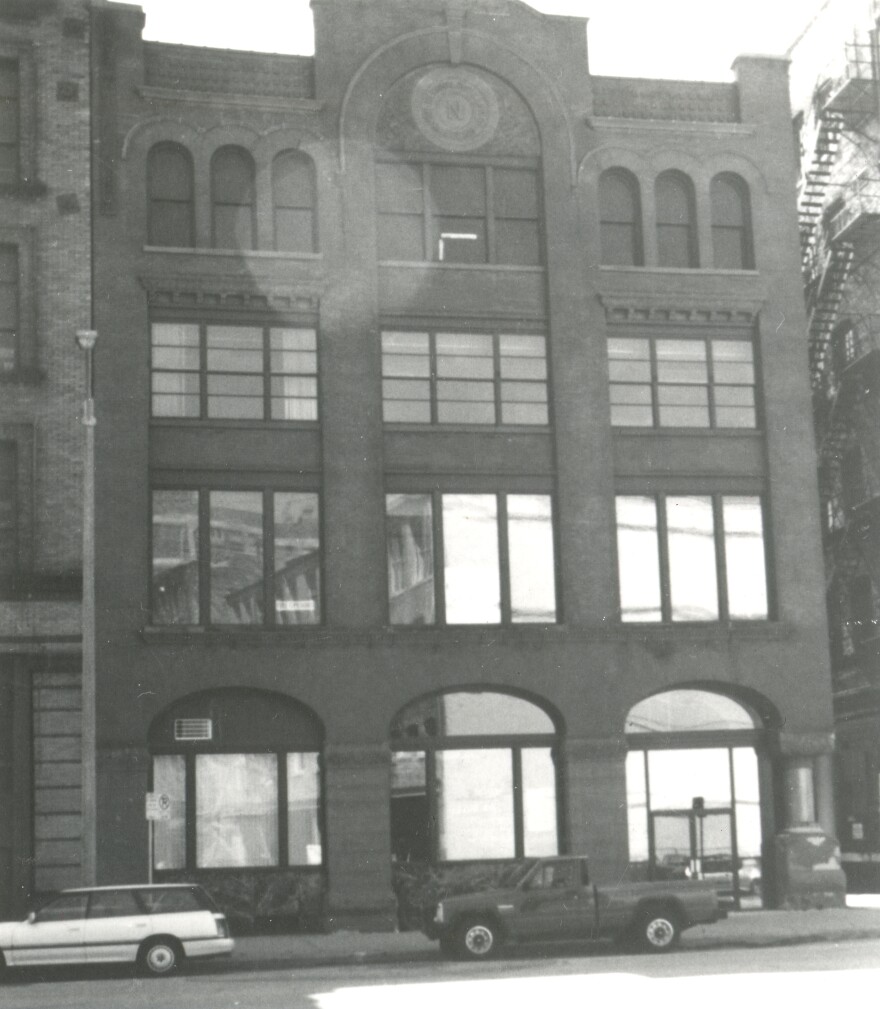Anyone who grew up in Milwaukee or who lived here before 2005 may remember a pungent yeast smell in the Menomonee Valley, around I-94.
Listener Dan Dickover of Bay View was one of those people. He moved to the city in 1997, and asked Bubbler Talk: "For the last few years I haven’t really smelled that smell anymore, so I was wondering why that is.”
Dan describes the smell that wafted around the 27th Street in that area as similar to homemade bread dough rising. "It was that smell, as opposed to bread baking, more like it rising,” he says. "I thought it was an interesting thing. I’d tell the kids, 'Did you smell that? That’s yeast. Probably making beer somewhere around here.'”

Dan did suspect that a brewery was the source. “There was always a Sprecher beer sign over there, so I didn’t know if the Sprecher Brewery was there and now it’s gone, or if it was coming from Miller Brewery, or what exactly.”
“If you were eastbound on I-94 and you had a south wind, and especially if it was a rainy day, you were almost inside it. It was really enveloping," agrees Milwaukee historian John Gurda. "It’s hard to describe. It was pungent, organic...it was one of those love it or hate it smells. I found it kind of pleasant when you went through.”

The origin of this scent has to do with alcohol, but did not involve a brewery.
“[The story] begins back in 1882 when a company called Meadow Springs Distillery opened on 28th Street." Gurda explains, "They began to make whiskey - turned out something like 180,000 gallons of whiskey in their first year."
“Back then, [the Menomonee Valley] was beyond the edge of town," he says. "There was very little settlement out there, and there was nothing resembling a freeway. It was far enough away not to be a nuisance, but close enough to get workers."

The company became National Distilling in 1887, and expanded to include gin and bourbon.
“They were making hard liquor," he says, "and a byproduct of that fermentation process is yeast. Yeast is a wonderful microbe that digests sugar and turns it into alcohol and CO2. As it feeds it multiplies, so you have more at the end than when you started. Yeast became a byproduct that [National Distilling] began to market in late 1880s."
National Distilling marketed the yeast product as Red Star. And in the 1920s, with prohibition, this addition product became the company's saving grace. “All of a sudden, the tail begins to wag the dog, and Red Star yeast becomes their main product,” he says. “They were doing so well, that back in 1933, when prohibition ended, they began to make gin for a while, but they were making more money in yeast.”
That Red Star focused on yeast production differentiated it from the breweries. “Bottom line is we’re making beer, they’re making yeast, and that’s why you’re smelling yeast when you drive by there, not here,” explains Craig Burge, brewmaster for Sprecher Brewing Company. “The yeast doesn’t come in until the end of the brewhaus brewing process, and even at that point during fermentation, you’re not smelling yeast at all. You’re not really smelling or tasting yeast until you taste the beer in a glass."
Red Star Yeast was produced for for decades in Menomonee Valley, first as a division of Universal Foods, then Sensient Technologies. These companies expanded their product lines so that the yeast was actually a secondary product, says Gurda.
But like all good stories even distantly related to bread or baking, this one involves the French, [Lesaffre Group], who bought the company in 2000. “The French [owners] ran it for a while, right there on 28th Street, along the west side of the 27th Street bridge and then they closed it in 2005, and that’s when the smell ceased.”
It turns out that those owners built a larger plant in Cedar Rapids, Iowa. "They’re still in the business to the best of my knowledge,” Gurda states.
Gurda says that, for Milwaukeeans, thinking of the smell can be sentimental. "For all of us in Milwaukee it was something that was nostalgic now and just one of the rather unusual things that makes Milwaukee, Milwaukee," he notes.
As for Dan, he says, "That's really interesting, because it's totally surprising. I think most people assume that it's from some sort of beer manufacturer. So I think they'll be surprised to find out it was from something totally different."
Dan is willing channel the memory of the yeast smell into something productive, like baking bread. "We do like to bake bread," he says. "We don’t do it too much, but we do enjoy baking bread."
Have a question you'd like WUWM to answer? Submit your query below.
_






